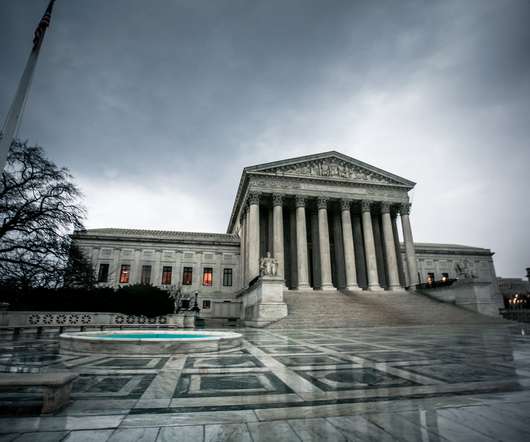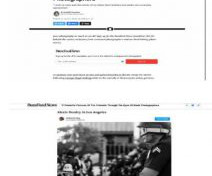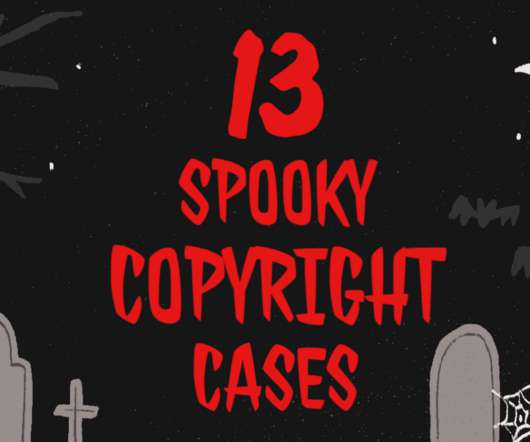Supreme Court Holds Warhol’s “Orange Prince” Not Transformative, Not Fair Use
IP Tech Blog
JUNE 2, 2023
The Supreme Court recently upheld an appellate court’s ruling that Andy Warhol’s use of a photograph of Prince as a reference for a collection of screen prints is not fair use – to the extent his foundation decided to license them at least. Goldsmith et al, Case No. Unbeknownst to Ms.

























Let's personalize your content